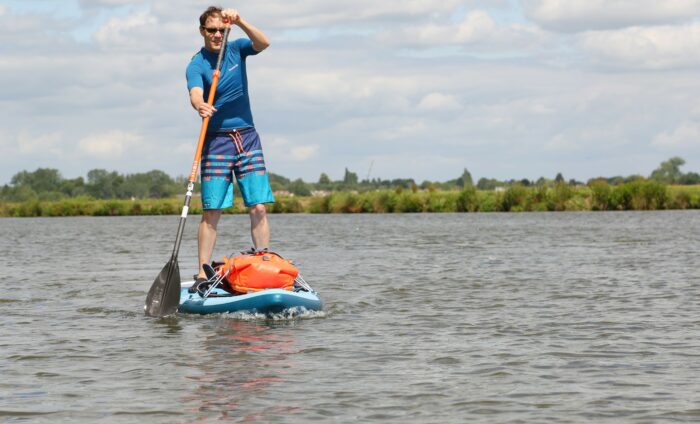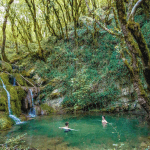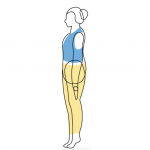
How can I prepare for a long swim when I can’t do long training sessions?
Another entry for our occasional “You Asked, We Answered” series
This summer, I have a series of long swims planned, some of which will take me many hours to complete. However, despite covid restrictions easing, my local pools are still running a booking system with swims limited to 45 minutes or one hour, and it’s too cold in February and March to do long-distance swims outdoors. What should I do?
Great question. Firstly, don’t panic. In reality, given that we have busy lives and multiple things competing for our time and attention, our preparation for physical challenges is rarely optimum. We always have to make trade-offs. It’s just that in normal times, the constraints may not be so obvious. What you need is to make a training plan that works within the constraints you have. It won’t be the optimum training plan for peak performance but I’m confident you can put together something good enough to complete and enjoy your long swims.
To do a long swim, you need to put a few fundamentals in place. The most important is an efficient, sustainable swimming stroke. Good swimming technique enables you to swim comfortably at a steady pace with minimal risk of injury. If you don’t already have this then it should be your top priority. And even if you already have good swimming technique, you can always benefit from a review and possible refinements. If you can, get a coach to do a video analysis.
Next, you need to build your swimming fitness. When it’s cold outside, the easiest way to do this is in a heated pool. At this time of year, frequent short swims of 45 minutes to an hour are ideal. It would be nice to add in a bi-weekly longer 90 minute or 2-hour steady swim but it’s not a disaster if you can’t. Try to swim a minimum of three times per week with one session dedicated to technique, one to pace (e.g. sets of 100m with a short break between each) and one on endurance.
For the endurance day, say you have an hour, and you can swim 400m at a steady pace in 7 minutes, you could try to swim 8 x 400m with 30s rest after each. Try to swim the same speed for all of them. That would give you a respectable 3200m in an hour.
If the above is all you have time for, it should be enough. As the weather gets warmer you can transfer your endurance sessions to open water and (if booking systems allow) hopefully start swimming for longer.
On the other hand, if you have more time available and want to boost your preparation, I would add the following:
- Some form of strength and conditioning training you can do on land. This could be yoga, gym work, fitness classes or body-weight exercises, or some combination of the above. Regular injury prevention exercises using bands are also a good idea. Try to find something you enjoy so it doesn’t feel like a burden. Anything that builds and supports your all-round fitness and core strength will help.
- An alternative endurance exercise that you can do for more than hour. Cycling is a good choice as it’s not as draining as running. It doesn’t need to be serious long-distance cycling but a ride that lasts a few hours and includes a picnic would be a nice thing to do and help prepare you mentally for a long spell of swimming. Kayaking is another good option as it uses similar upper body muscles, but obviously you need a kayak and access to water for this. Stand up paddle boarding is enjoyable and helps build core strength too but has the same limitations.
Whenever we set ourselves a challenge, we have to work within our limitations. The key is to do what you can within those constraints and be creative to make the most of the options you do have. Think about what you can do rather than what you can’t and keep it enjoyable. If you can train effectively and efficiently within the boundaries you have, you may even find you do better than if you had unlimited access to the pool.








